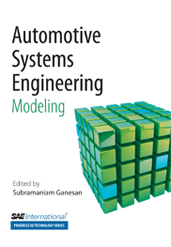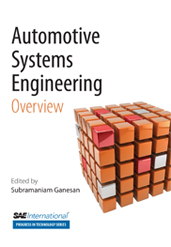Journal Article
Warranty Forecasting of Repairable Systems for Different Production Patterns
2017-03-28
2017-01-0209
Warranty forecasting of repairable systems is very important for manufacturers of mass produced systems. It is desired to predict the Expected Number of Failures (ENF) after a censoring time using collected failure data before the censoring time. Moreover, systems may be produced with a defective component resulting in extensive warranty costs even after the defective component is detected and replaced with a new design. In this paper, we present a forecasting method to predict the ENF of a repairable system using observed data which is used to calibrate a Generalized Renewal Processes (GRP) model. Manufacturing of products may exhibit different production patterns with different failure statistics through time. For example, vehicles produced in different months may have different failure intensities because of supply chain differences or different skills of production workers, for example.




